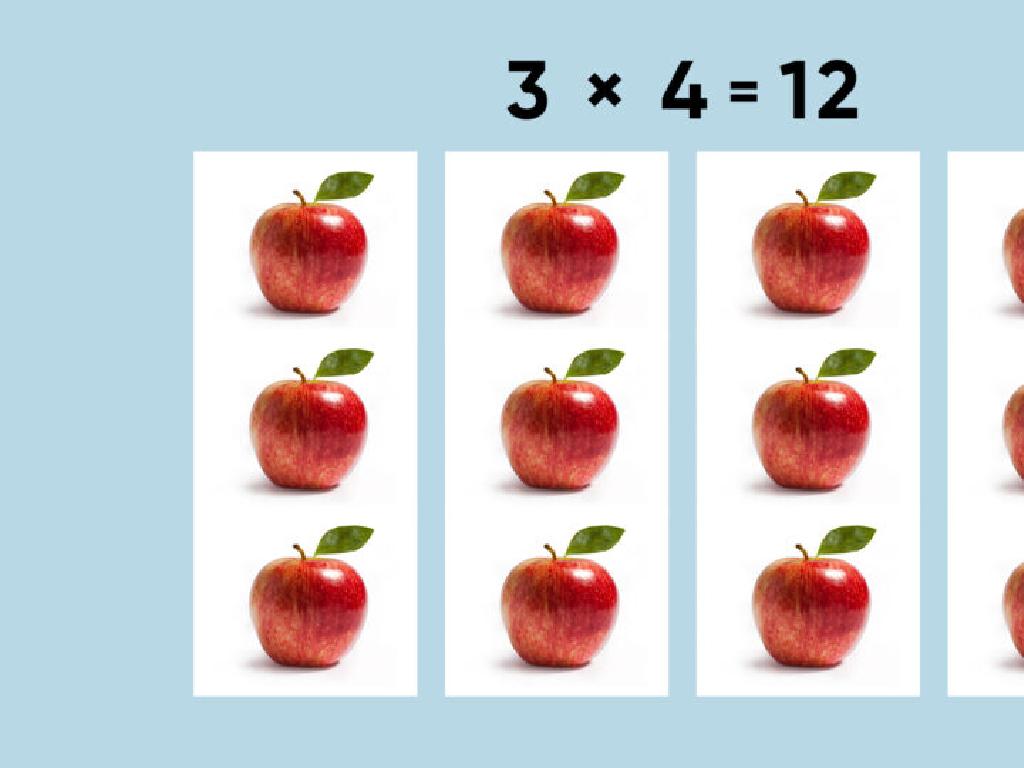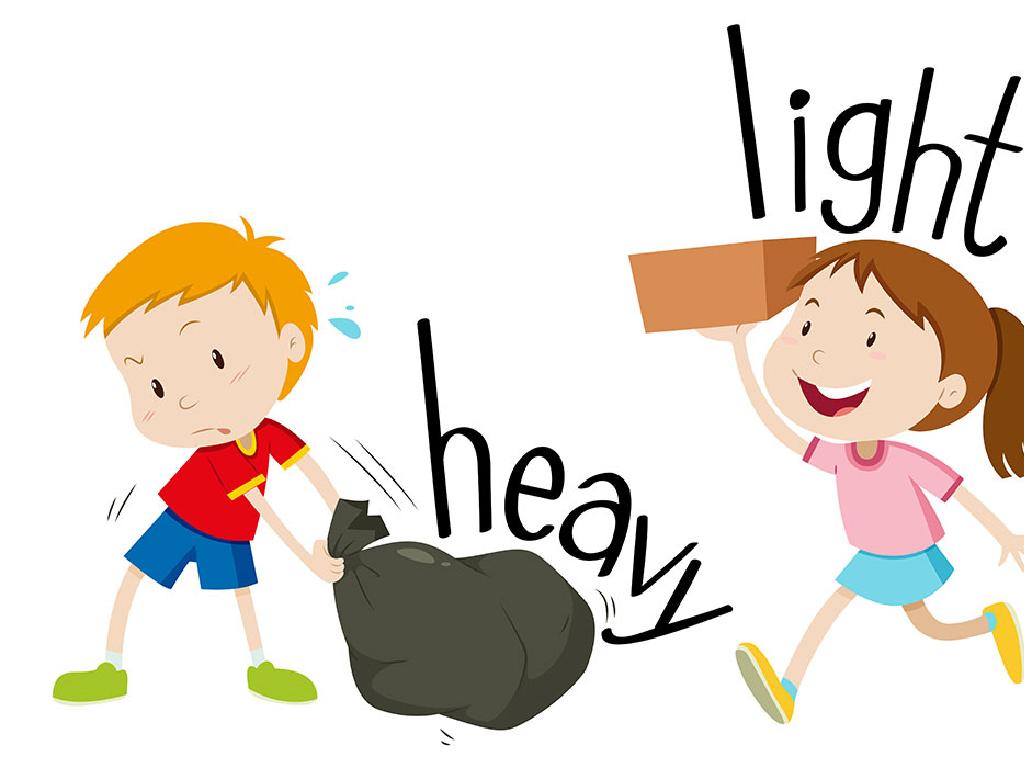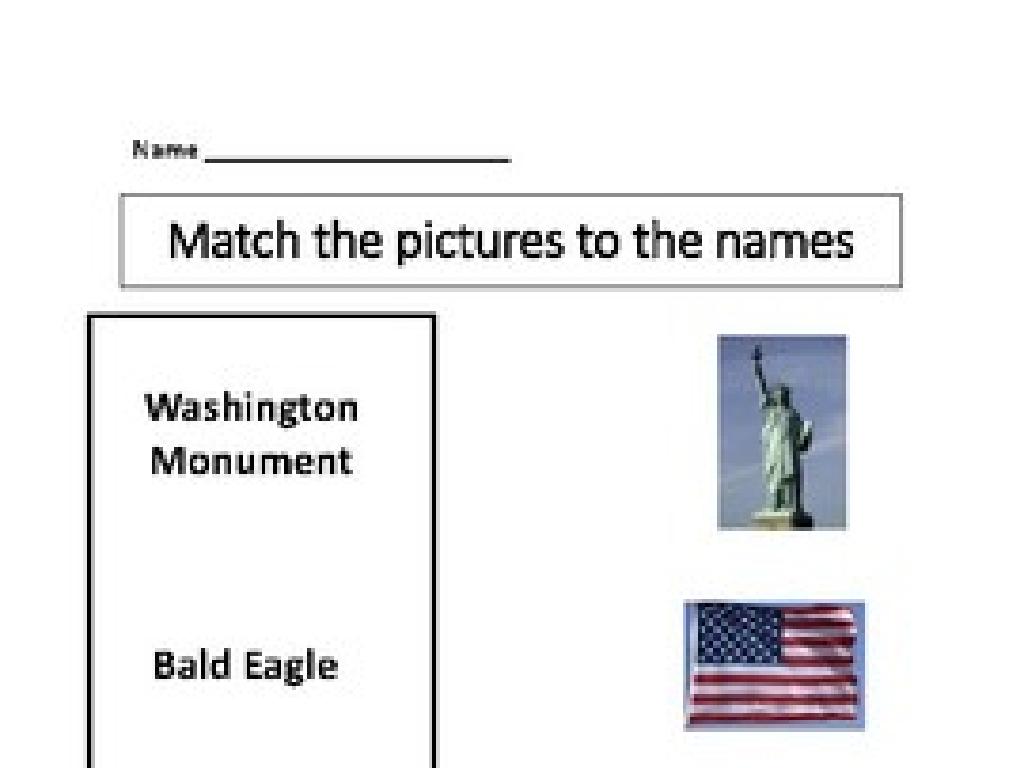Subtract Numbers Up To Three Digits: Without Regrouping
Subject: Math
Grade: Third grade
Topic: Subtraction: Three Digits
Please LOG IN to download the presentation. Access is available to registered users only.
View More Content
Welcome to Subtraction: Taking Away Numbers!
– What is subtraction?
– Subtract means to take away from a total.
– Subtraction as ‘taking away’
– Imagine you have 5 apples and take 2 away, now you have 3.
– Examples without regrouping
– 123 – 111 = 12, no need to borrow from the next column.
– Practice problems
|
This slide introduces the basic concept of subtraction to third graders, framing it as an adventure in ‘taking away’. Begin by explaining that subtraction is the process of removing a certain number from a larger group. Use tangible examples, like taking apples away from a pile, to illustrate the concept. Show simple subtraction problems that do not require regrouping (also known as borrowing) to ease students into the topic. Provide practice problems for the students to solve, ensuring they understand the concept of subtraction without regrouping. Encourage students to visualize the process and use hands-on materials if necessary to reinforce learning.
Subtraction Without Regrouping
– Understanding regrouping
– Regrouping is borrowing from the next digit
– Focus: Subtract without regrouping
– Today we subtract numbers directly
– Examples of simple subtraction
– 123 – 111 = 12, no need to borrow
– Practice with 3-digit numbers
– Try 432 – 214 without regrouping
|
This slide introduces the concept of subtraction without regrouping to third-grade students. Begin by explaining regrouping, which is sometimes called ‘borrowing,’ where you take from one place value to help subtract from another. Emphasize that today’s lesson will focus on problems that do not require this step. Provide simple examples of subtraction problems that can be solved without regrouping, ensuring that each place value in the top number is larger than the corresponding place value in the bottom number. Encourage students to practice with three-digit numbers, reinforcing the concept that regrouping is not needed when each digit in the minuend (top number) is equal to or larger than the digits in the subtrahend (bottom number).
Understanding Place Value in Subtraction
– Review: Ones, Tens, Hundreds
– Remember, each digit has a place value.
– Place value aids subtraction
– Knowing the value of each place helps us subtract correctly.
– Example: Ones place subtraction
– Subtract 7 – 3. Both numbers are in the ‘Ones’ place.
– Practice subtracting with place value
– Let’s try subtracting numbers using place value without regrouping.
|
Begin with a quick review of place value, emphasizing the importance of the Ones, Tens, and Hundreds places. Explain how understanding place value is crucial for correctly subtracting multi-digit numbers. Provide an example of subtracting single digits in the Ones place to illustrate the concept without regrouping. Encourage students to practice this skill with various numbers to reinforce their understanding. The goal is for students to feel comfortable with place value when subtracting larger numbers.
Let’s Practice Together: Subtraction Without Regrouping
– Example: 452 – 123
– Subtract without regrouping
– Ensure each number is lined up by place value
– Solve each column step by step
– Start from the ones, move to tens, then hundreds
– Check our answer together
– Use subtraction to find the difference for each column
|
This slide is designed to walk students through the process of subtracting multi-digit numbers without the need for regrouping. Begin by presenting the example problem 452 – 123 on the board. Explain that we will subtract the numbers column by column, starting from the rightmost digit (ones place). Emphasize the importance of aligning the numbers by their place values before starting the subtraction. Work through the problem step by step with the class, ensuring that students understand why regrouping is not necessary for this example. After solving, encourage students to double-check their work. As an activity, have students practice with similar problems, ensuring they feel comfortable with the process before introducing more complex problems that require regrouping.
Try It Yourself: Practice Subtraction!
– Solve subtraction problems
– Work independently on practice
– Choose problems from our worksheet
– I will help if you have questions
– Feel free to raise your hand for assistance
– Share your answers with the class
|
This slide is designed for individual practice, where students will attempt to solve subtraction problems without regrouping. Provide a worksheet with a variety of problems, some easy and some challenging, to cater to different skill levels. Encourage students to try their best to solve the problems independently, reinforcing their understanding of the concept. As the teacher, walk around the classroom to observe progress and be available to assist any student who is struggling or has questions. After the practice session, invite students to share their answers and methods with the class, fostering a collaborative learning environment. Possible activities could include timed drills, peer checking, or creating their own subtraction problems to challenge classmates.
Share Your Answers: Subtraction Without Regrouping
– Students present their solutions
– Discuss various solving methods
– Did anyone subtract differently?
– Correct mistakes as a class
– We learn from errors, let’s fix them together!
– Reflect on learning outcomes
– What did we learn from this exercise?
|
This slide is designed for a class activity where students will engage in peer learning by sharing their subtraction methods and solutions. Encourage students to explain their thought process as they present their answers. Facilitate a discussion on the different approaches taken by students to solve the same subtraction problems without regrouping. Emphasize that making mistakes is a part of learning and correcting them together can help everyone understand better. Conclude the activity by reflecting on what was learned and how these strategies can be applied to future math problems. Provide guidance on how to handle mistakes positively and use them as learning opportunities. Prepare to offer at least 4-5 alternative methods or activities for students who may have different learning styles or who may finish early.
Class Activity: Subtraction Bingo
– Let’s play Subtraction Bingo!
– Receive your unique Bingo card
– Each card has different subtraction problems
– Solve subtraction problems on the card
– Use mental math to subtract three-digit numbers
– Match answers to get Bingo!
– Find the correct answers on your card to win
|
This interactive activity is designed to help third graders practice subtracting numbers up to three digits without regrouping. Each student will receive a Bingo card filled with subtraction problems instead of numbers. As the teacher calls out numbers, students will solve the problems on their cards to see if the answer matches. When they find a match, they’ll cover that square. The first student to cover a complete row, column, or diagonal shouts ‘Bingo!’ and wins. Prepare several variations of the Bingo cards to ensure a wide range of problems. Encourage students to use mental math, and provide assistance as needed. This game promotes engagement, reinforces subtraction skills, and offers a fun way to assess students’ understanding of the concept.
Subtraction Success and Homework
– Congratulations on learning subtraction!
– Practice is key to mastering skills
– Homework: Finish your worksheet
– Subtract numbers up to three digits without regrouping
– Bring any questions to class
– We’ll review any problems you found tricky
|
This slide wraps up the lesson on subtracting numbers up to three digits without regrouping. It’s important to congratulate the students on their hard work and remind them that practicing these skills will help them improve. The homework assignment is a worksheet that provides additional practice on the day’s lesson. Encourage students to try their best and bring up any questions or difficulties they encounter so that they can be addressed in the next class. This reinforces the concept and ensures that students feel supported in their learning journey.






